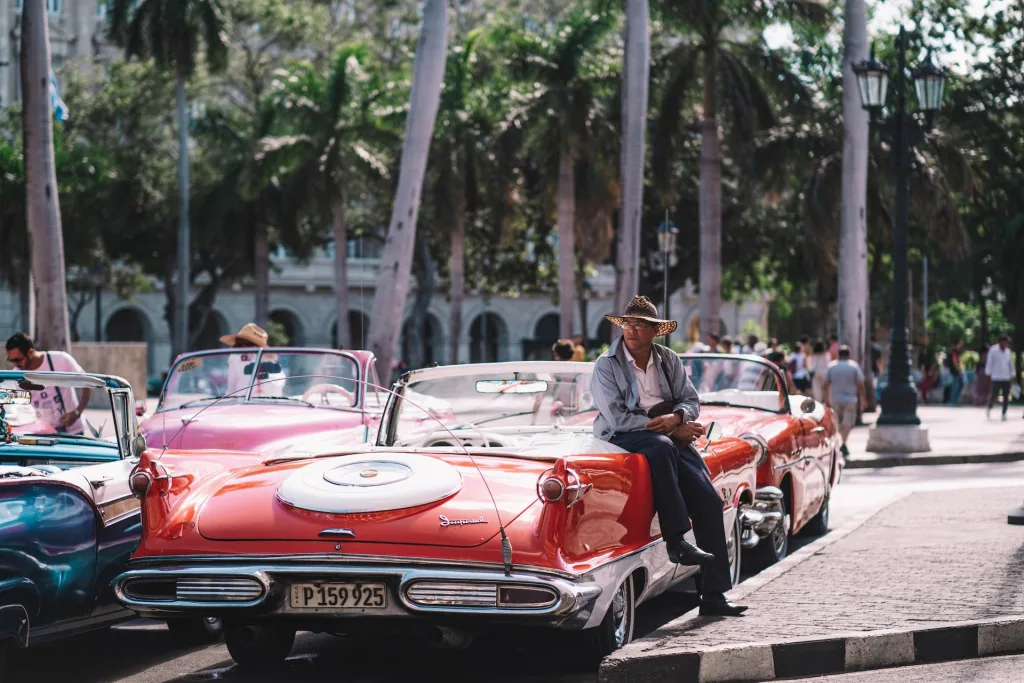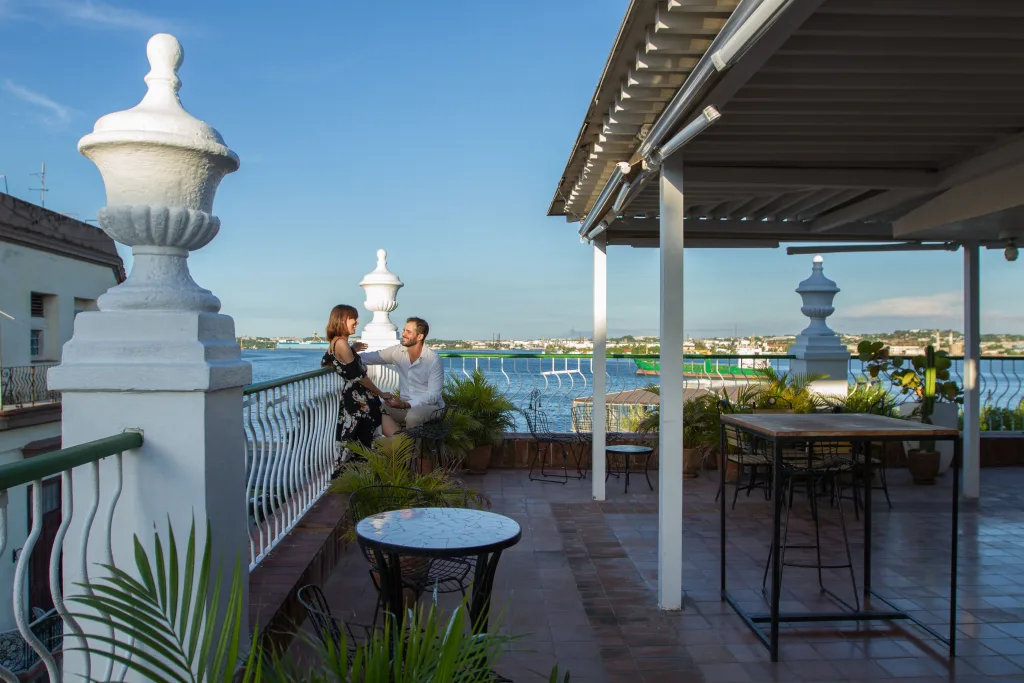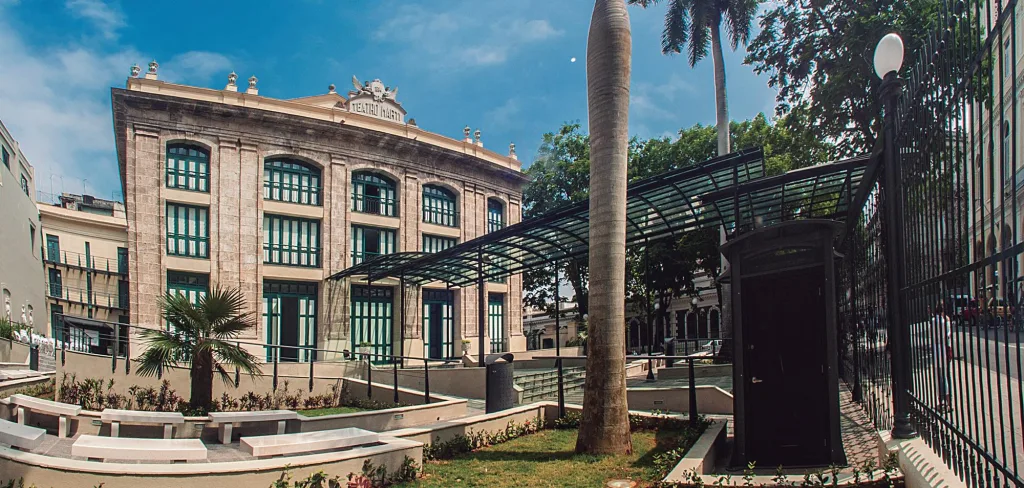The Spanish Ballet of Cuba was founded toward 1987 by the prima ballerina assoluta and director of the National Ballet of Cuba, Alicia Alonso. At the beginning, it was baptized as Group of Spanish Dances of the Great Theater of Havana, later on the name would change to Spanish Ballet of Havana, and then, it would change again to the one it holds nowadays. The first director of the group was Olga Bustamante, until 1993, when the dancer and choreographer Eduardo Veitía took over. From that moment on, they set new lines to polish their work – always preserving the best Spanish traditions: from the richness and color of the regional dances to the refinement of the classic Spanish dance, from the grace of the Bolero School (Escuela Bolera) to the fire of the flamenco-, toward more contemporary themes and aesthetic/dramatic solutions that enrich and open new horizons in which they dialogue with the traditional of the peninsula, and also the Cuban.
The first Educational Unit is founded, it nourishes the company and educates the dancers on a technical level.
The exchanges with Spain increase, and groups and personalities of the Spanish dance, masters, and choreographers arrive in Cuba and enrich the dance work. They are figures from flamenco dance, regional groups, that develop the Spanish Ballet of Cuba: names as Marienma, Trini Borrull, Pastora Matos, Manolo Marín, Goyo Montero, José Antonio, María Juncal, Francis Núñez, Marieta Romero, Joan Fosas, Pablo Egea, Ana Ruiz, Hierba Buena, Antonio El Pipa, Folklore Company of Andorra, the Antonio Gades Foundation and its professor Estela Araujo and her husband, Cristina Hoyos and many more, set it , unquestionably, in a higher level. In the repertory, there are interesting choreographies, elaborated and imaginative, with some fresh airs and diverse styles that enrich the stage. And the Spanish Ballet of Cuba comes of age: La vida breve, Aquel brujo amor, La Casa Alba, Carmen, La Habana Valdés, (inspired by the literary play of Cirilo Villaverde Cecilia Valdés), as well as El Fantasma (based on The Phantom of the Opera, from the French Gastón Leroux). All of these brought a breath of adventure and romance to the stage…as well as others based on the works of great Cuban painters.
The Spanish Ballet of Cuba has performed in the International Festivals of Ballet of Havana, the International Festivals of Lyric Art of Havana, as in multiple editions of La Huella de España Festival, directed artistically together with Alicia Alonso during 25 years. Since 2017, it organizes the International Festival of Spanish Dance and Flamenco. In 2020 it realized its second edition. Through the years, the group has had innumerable tours through Nicaragua, Costa Rica, Colombia, Mexico, Guatemala, Turkey, the Princedom of Andorra, and of course, Spain, where in 1992 won the 2nd place in the First International Contest of Spanish Dance and Flamenco Choreography, in the theater Albéniz, Madrid, with the interpretation of the choreography Sonata y Fandango from the master Eduardo Veitía. In this same year it was invited to the First Congress of the Bolero School (Escuela Bolera) where it shared with figures like Pilar López, Antonio, the Pericet brothers, among other personalities. Recently, in 2017 it participated with a resounding success of the public and the critic in the show Oh Cuba!, during the 16th Lorca and Granada Festival that took place between July and August in the famous Generalife of the Alhambra (Spain). There was a combination of flamenco, Cuban music and the classical Spanish, and notable artists reunited under the direction of Francisco Ortuño. Some of these artists were Loles León, Adrián Galia, Antonio Carmona, and Diego Franco. On January of 2020 they returned from a great tour through 31 cities of the People’s Republic of China.





